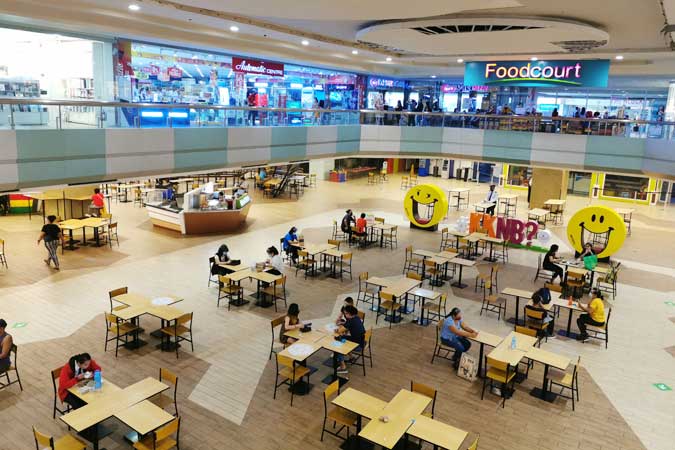Weak public consumption seen to dampen economic recovery

PUBLIC CONSUMPTION — a major growth driver for the Philippine economy — likely remained sluggish in the second quarter due to the weakness in the jobs market and the strict lockdown enforced in April, First Metro Investment Corp. (FMIC) and University of Asia and the Pacific (UA&P) said in a joint report on Wednesday.
“While some economic indicators (e.g., manufacturing, exports, capital goods imports) point to a possible recovery, or at least an improvement from the Q1’s level, weak April employment data threaten Q2’s economic performance (through consumption-induced effects),” FMIC and UA&P said in the June issue of the Market Call.
Jobs data in April “failed to uplift spirits” after the number of unemployed Filipinos grew by 2.1 million to 4.1 million that month from 3.441 million in March, they said.
This partially reversed the 2.5 million jobs gained in March, when unemployment rate increased to 8.7% in April from 7.1% a month ago.
“We will continue to monitor the effects of the lockdown on the labor market for the succeeding months to help us gauge the economy’s performance in Q2 and for the rest of 2021, especially the extent and sustainability of consumption spending recovery,” the report said.
Metro Manila and its nearby provinces were placed under an enhanced community quarantine (ECQ) status from late March to May 15 to help mitigate the surge in coronavirus cases.
The stricter lockdown and higher unemployment rate likely dampened consumption, which accounts for more than 70% of gross domestic product (GDP).
“Second quarter GDP may dampen optimism,” FMIC and UA&P warned.
The Philippine Statistics Authority (PSA) will report on Aug. 10 the official GDP data for the second quarter.
Finance Secretary Carlos G. Dominguez III earlier said that they expect the economy to post year-on-year growth in the second quarter after reporting five straight annual contractions previously because of the pandemic.
The economy is expected to rebound strongly in the second quarter, coming from the 17% contraction during the same period a year ago.
With public consumption still weak, FMIC and UA&P are expecting government spending to do most of the heavy lifting, especially with its infrastructure program.
“Infrastructure spending should sustain its uptrend given adequate fiscal space,” they said.
State spending on infrastructure jumped by 45% from a year ago to P48.2 billion in April because of a low base in the same month in 2020. Infrastructure spending, however, slowed down by 34% from P87.8 billion in March.
FMIC and UA&P noted the government still has a lot of room to spend for the rest of the year after its four-month deficit only accounted for the 20% programmed deficit this year.
Latest data showed the fiscal gap inched up by less than one percentage point year on year to P566.2 billion from January to May after the 13% jump in revenues outpaced the 8.8% growth in spending.
The economic team capped this year’s budget deficit to P1.856 trillion or equivalent to 9.3% of GDP.
FMIC and UA&P’s report noted there is still room for optimism, as seen in better manufacturing activity and trade data.
The Philippine Manufacturing Purchasing Managers’ Index (PMI) stood at 49.9 in May, a slight improvement from April’s 49 but still below the 50 neutral mark that separates expansion from contraction.
The country’s total external trade in goods more than doubled to $14.16 billion in May, after exports surged by 72% to P5.71 billion year on year, and imports climbed by 141% to P8.45 billion.
Economic managers have set a 6-7% GDP growth target this year. — Beatrice M. Laforga



